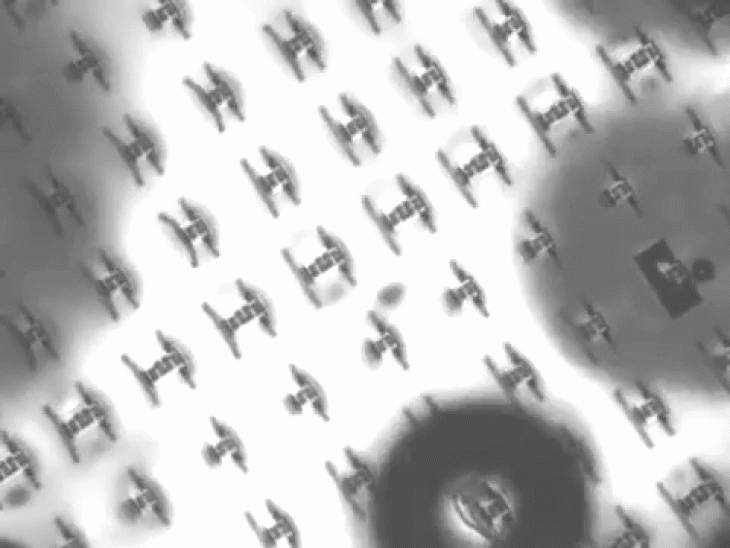

New York’s Cornell University researchers have developed a new nanofabration technology. With the help of which they have created robots as small as human cells. These robots are as small as the width of a hair, and they can be injected into the human body through injection. With the help of this nanofabration technology, a 4-inch special silicon wafer can be converted into millions of microscopic robots in a few weeks time. Mark Miskin of Cornell University has developed this nanofabration technology in collaboration with its co-worker Itai Cohen, Paul Macquen and Researcher Alejandro Cortes. This research has been presented in the meeting of the American Physical Society in Boston.
Explains researcher Mark Miskin, “When I was a kid, I used to watch a lot in the microscope. Now, through the kind of things we are making, we can not only see the world, but we can also play within that world. ” Mark said that he has taken the technology created by the semiconductor industry to create this technique, and used it to make robots.
At present, the initial model of these robots has been made. But Cornell and the Pennsylvania teams are working on the smart version of Robot. In-board sensor, watch and controller will be installed. According to the team, the energy source is currently being used, the robot will be able to move only in a portion of the nail. Therefore, the team is preparing to test other sources of energy for the robot. By which robots can travel throughout the human body and complete different medical missions. These robots can be used for drug delivery and bran mapping in the body’s internal organs.
Google TV is great out of the box, but these apps can take your viewing…
The world of streaming in India is about to look a whole lot different! Get…
Realme is gearing up to launch its latest flagship, the Realme GT 7 Pro, on…
Xiaomi has confirmed that the Redmi A4 5G will be launched in India on November…
The Realme 14 series is gearing up for its India launch, now set for January…
Oppo’s much-anticipated Reno 13 series is likely to be unveiled around November 25. This series…